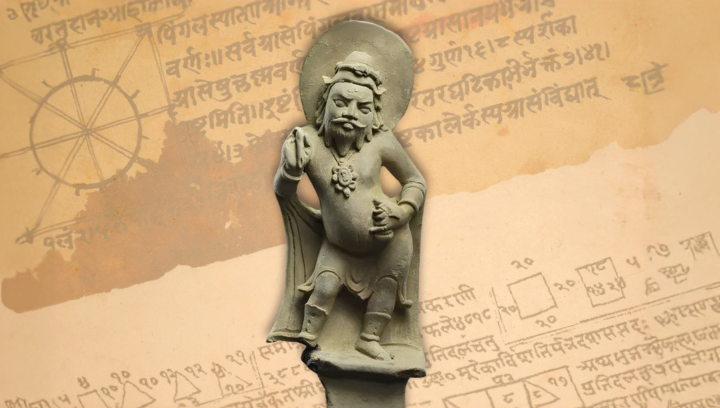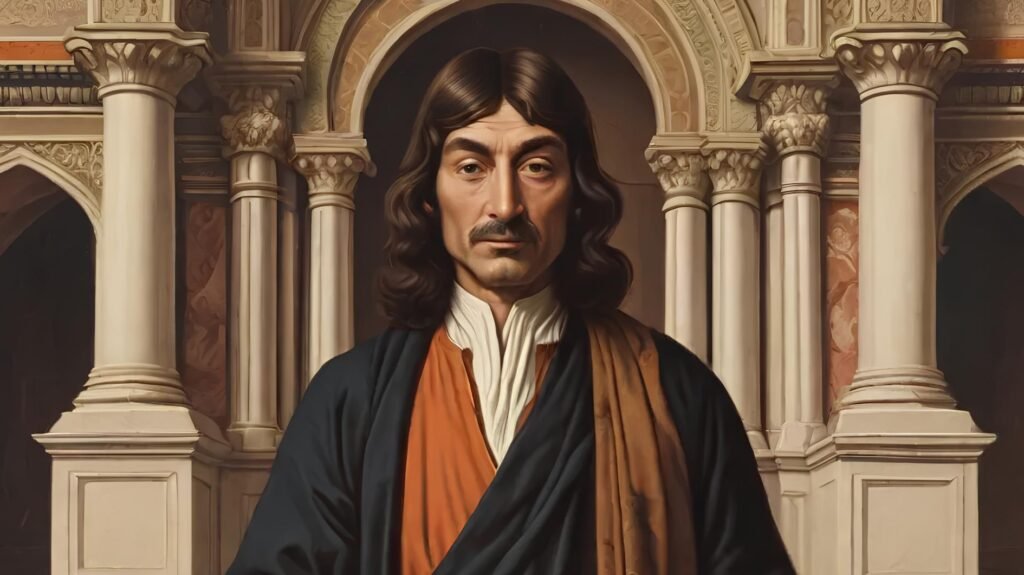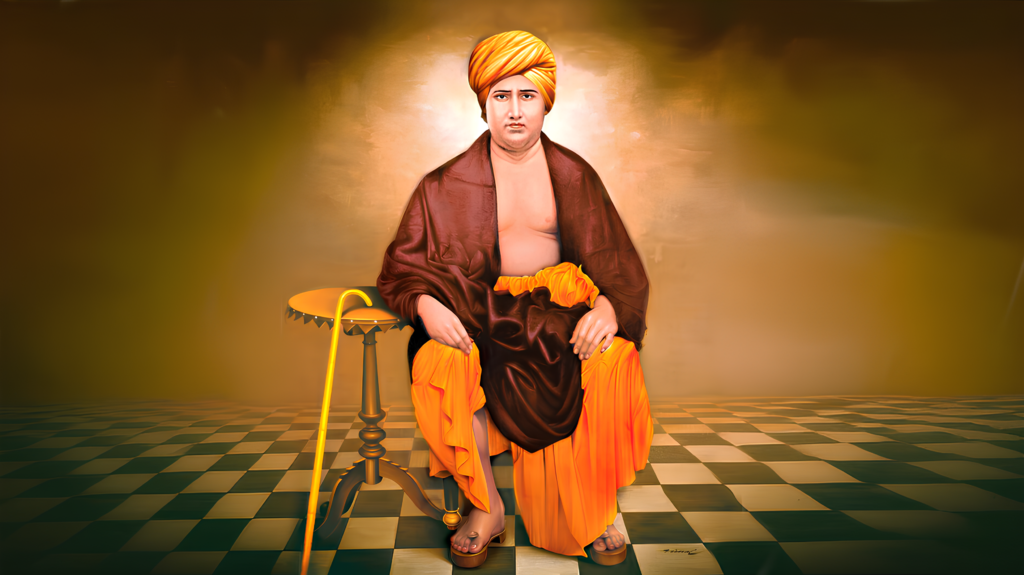Acharya Pingala: The Ancient Sage Who Paved the Way for Modern Computers

Namastey Shikshanarthi’s
What connects ancient Sanskrit poetry to the computers we use every day? The answer lies in the genius of Acharya Pingala, an Indian scholar who lived over 2,300 years ago. His work laid the foundation for the binary number system, now crucial to modern technology. Let’s uncover this fascinating story of innovation, wisdom, and discovery.
Introduction
Imagine a world without computers, smartphones, or the internet. Now, imagine a brilliant scholar in ancient India, seated under a tree, writing verses in Sanskrit and exploring patterns in poetry. Little did he know that his discoveries would one day shape the technology that connects the world today.
Acharya Pingala, a revered mathematician and linguist, lived in India around the 3rd century BCE. His masterpiece, the Chandaḥśāstra (Science of Prosody), introduced concepts that form the basis of binary numbers. Let’s travel back in time to learn how his ideas bridged the world of art and mathematics and how they resonate in our digital age.
The World of Binary Numbers
To understand Pingala’s brilliance, let’s first grasp the concept of binary numbers. A binary system uses just two digits—0 and 1—to represent numbers. These digits combine to create patterns that form the language of computers.
For instance, the number 5 in the decimal system (which we use daily) is written as 101 in binary. This simple yet powerful concept allows computers to store, process, and share information.
Who Was Acharya Pingala?
Acharya Pingala was a scholar of immense knowledge and creativity. He lived in a time when Sanskrit was not just a language but a medium of intellectual exploration. Pingala’s curiosity led him to study the rhythmic patterns of poetry, known as chandas.
In his treatise Chandaḥśāstra, he analyzed how syllables in Sanskrit verses could be arranged in meaningful patterns. But Pingala didn’t stop there—he delved into the mathematics underlying these patterns, eventually discovering what we now recognize as the binary number system.
The Role of Sanskrit in Mathematical Thinking
Sanskrit, with its precise structure and rules, was a perfect language for mathematical exploration. Every sound, syllable, and word in Sanskrit follows a specific pattern. In poetry, these patterns are created using short syllables (laghu) and long syllables (guru).
- Laghu (short syllables): These are light and quick sounds, like “i” or “u.”
- Guru (long syllables): These are heavier and drawn-out sounds, like “a” or “o.”
Pingala identified these syllables as fundamental units, just like 0 and 1 in binary. By analyzing how these syllables combined in poetic verses, he discovered the mathematical principles that underpin binary numbers.
Understanding Laghu and Guru: The Foundation of Binary
Let’s imagine a Sanskrit verse. Each line can be broken down into smaller sections called padas. Each pada contains a mix of laghu and guru syllables. For example, a common pattern might look like this:
Laghu-Guru-Guru (L-G-G)
Pingala wondered:
- How many unique patterns of laghu and guru could exist in a verse?
- How could these patterns be calculated systematically?
He began by assigning symbols:
- L for Laghu (short syllables)
- G for Guru (long syllables)
Then, he started creating combinations, much like modern binary coding.
How Pingala Created Binary Combinations
Pingala used a step-by-step approach to generate combinations:
1. Start Small:
- A single syllable could either be laghu (L) or guru (G).
- Result: Two combinations – L, G.
2. Add More Syllables:
- With two syllables, the combinations doubled: LL, LG, GL, GG.
- Result: Four combinations.
3. Expand Further:
- With three syllables, combinations grew again: LLL, LLG, LGL, LGG, GLL, GLG, GGL, GGG.
- Result: Eight combinations.
This doubling pattern matched what we now call powers of 2 (). For n syllables, there are possible combinations.
A Revolutionary Technique: Binary in Action
Pingala’s method didn’t stop at creating patterns. He also devised a way to calculate any specific combination without listing all of them. For instance, if someone asked for the 19th combination in a sequence of five syllables, Pingala’s algorithm could determine it directly. This innovative thinking mirrors modern programming, where algorithms solve complex problems efficiently.
Pingala even explained how these combinations could be used to represent numbers, similar to the place value system in decimal numbers. For example:
- In decimal: 72 is written as .
7 × 10 + 2
- In binary: 72 is written as
1 × 2⁶ + 0 × 2⁵ + 0 × 2⁴ + 1 × 2³ + 0 × 2² + 0 × 2¹ + 0 × 2⁰
This binary expansion reveals how modern computers store and process data.
The Legacy of Pingala’s Work in Today’s World
Pingala’s contributions go beyond binary numbers. His work influenced:
- Mathematics: Concepts like Pascal’s Triangle and combinatorics.
- Computing: The binary system forms the foundation of digital technology.
- Cultural Heritage: Pingala’s achievements highlight India’s intellectual and scientific legacy.
Even today, his ideas inspire scholars and technologists, reminding us that innovation often begins with curiosity and observation.
Conclusion
Acharya Pingala’s story is one of brilliance and timeless relevance. His exploration of poetry led to a discovery that powers the digital age. By understanding patterns in syllables, he unlocked a mathematical treasure trove that continues to shape our world.
Next time you pick up your smartphone or log onto your computer, take a moment to appreciate the wisdom of Acharya Pingala—the sage who merged art, science, and mathematics to change the course of history.



I am very much excited to find these posts. My education in India did not expose to a lot of ancient thinkers and inventors in India although to be fair, my high school history teacher alerted us all in his last two lectures that the history we were taught in the 1940’s/ early 50’s will have to be replaced by many new insights after the end of British empire influence!